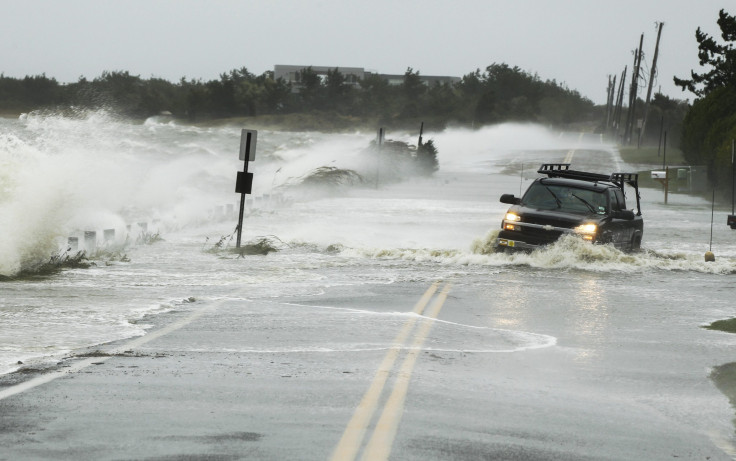Will Hurricane Sandy Happen Again? Tropical Storm A 1-In-700-Year Event Says NASA Study

The 2013 hurricane season, which officially began June 1, was welcomed with a report from the National Oceanic and Atmospheric Administration, also known as the NOAA, that the East Coast was forecasted to be inundated with up to six category-five hurricanes this year -- but a new study is singing a different tune.
According to information released on a new NASA study via LiveScience.com, Hurricane Sandy, which pelted multiple states in October and created billions of dollars in damage, was a freak occurrence and not an indication of future weather patterns. The study, which calculated a statistical analysis of the storms trajectory and monitored climate changes’ influences on hurricane tracks, claims that the tropical storm was merely a 1-in-700-year event.
"The particular shape of Sandy's trajectory is very peculiar, and that's very rare, on the order of once every 700 years," senior scientist at the NASA Goddard Institute for Space Studies and study co-author Timothy Hall said. According to Hall, the extreme flooding associated with the storm was also due to the storm’s trajectory, which was described as being “near perpendicular.” The storm’s unusual track was found to have been caused by a high tides associated with a full moon and high pressure that forced the storm to move off the coast of the Western North Atlantic.
While the study’s findings concluded that the odds of a similarly damaging storm with an identical track occurring again within the next 700 years is a miniscule 0.0014 percent, Hall claims this doesn’t mean another hurricane won't hit the East Coast and its surrounding areas. “We don't want to lead with the misimpression that we don't have to worry, [that] it's going to be 700 years until we have another surge. That's not true," he said.
The NOAA announced in May that the Atlantic 2013 hurricane season was forecasted as being more “active” than average, estimating a 70 percent chance of up to 20 severe storms occurring over the next six months compared to the anticipated 12 storms from previous years. According to the NOAA’s Climate Prediction Center, six of those storms have the potential of being ranked category 3, 4, or 5 on the Saffir-Sampson scale.
© Copyright IBTimes 2024. All rights reserved.






















